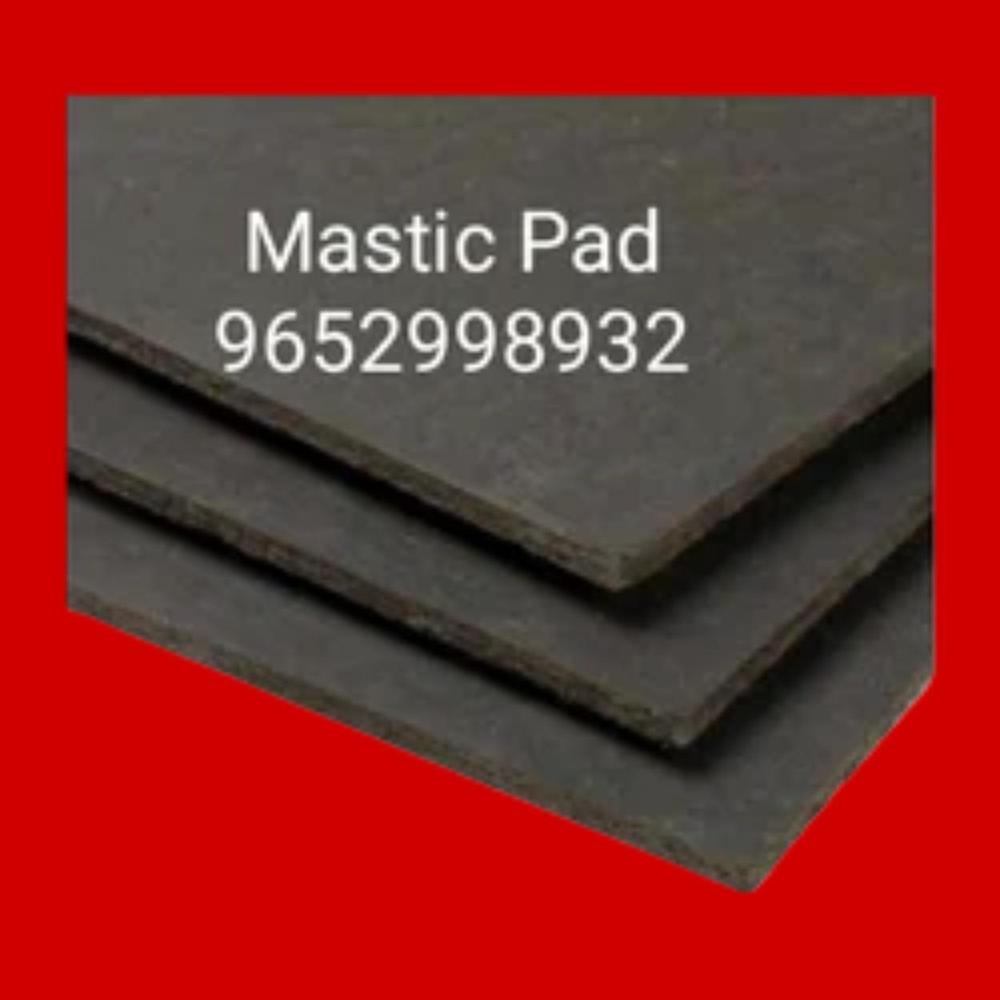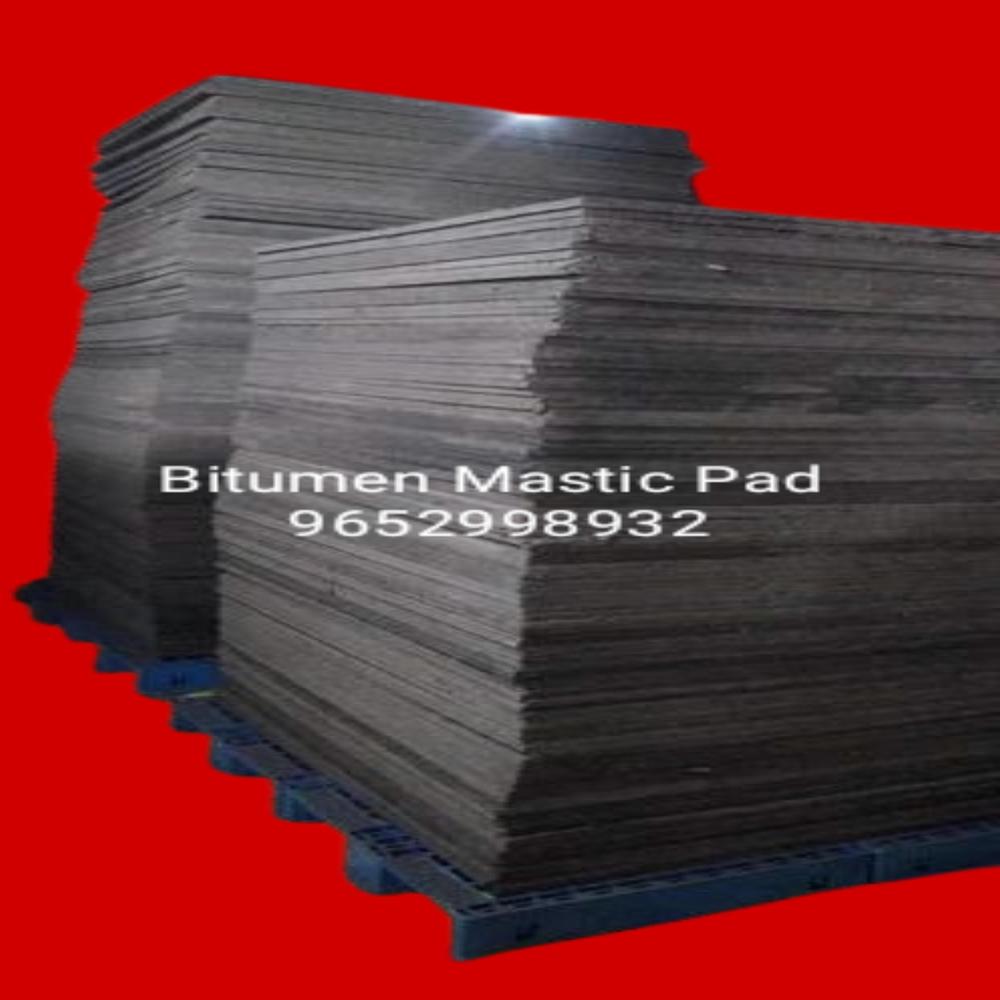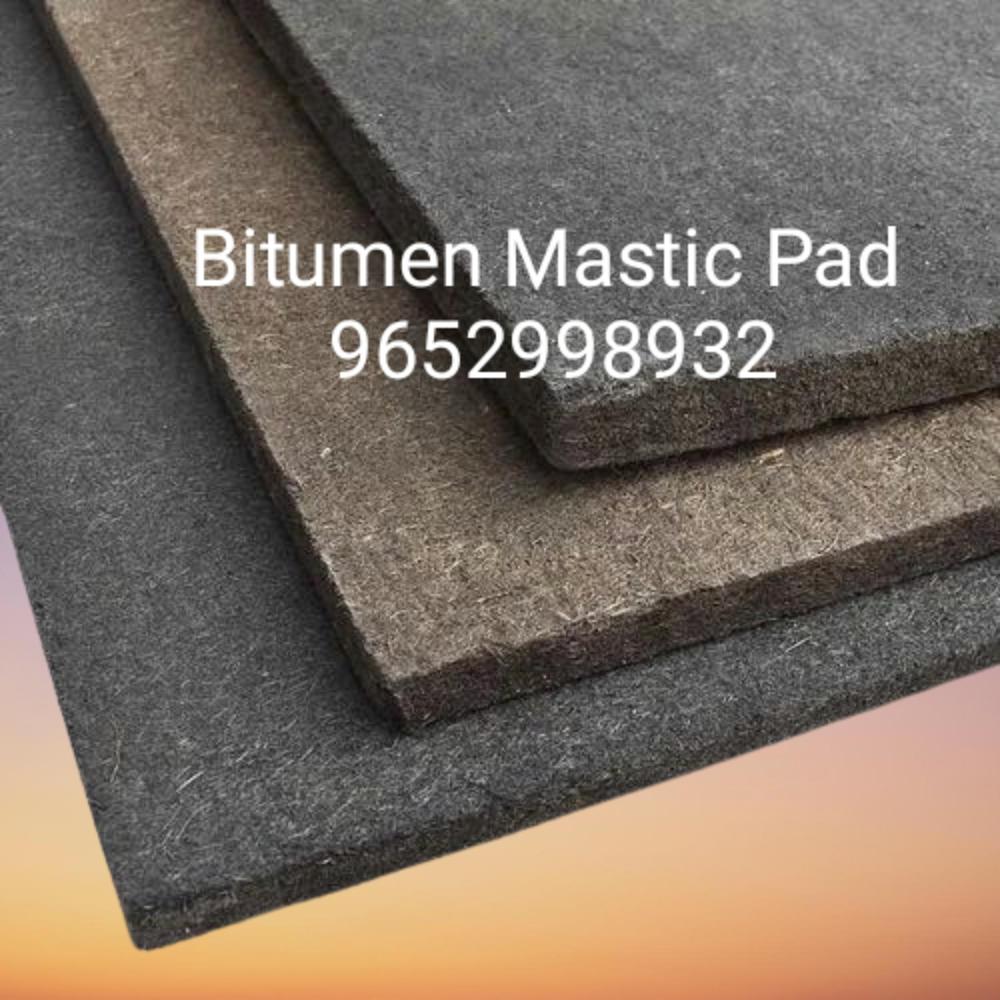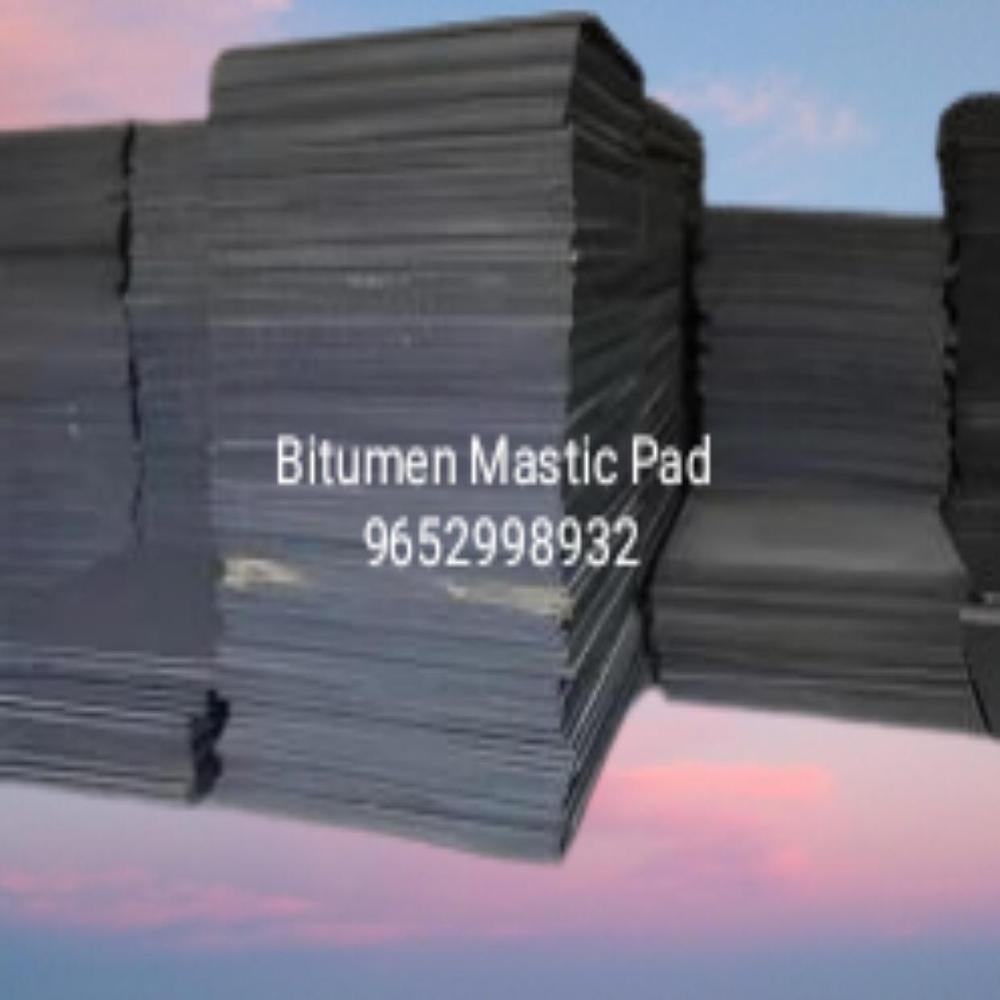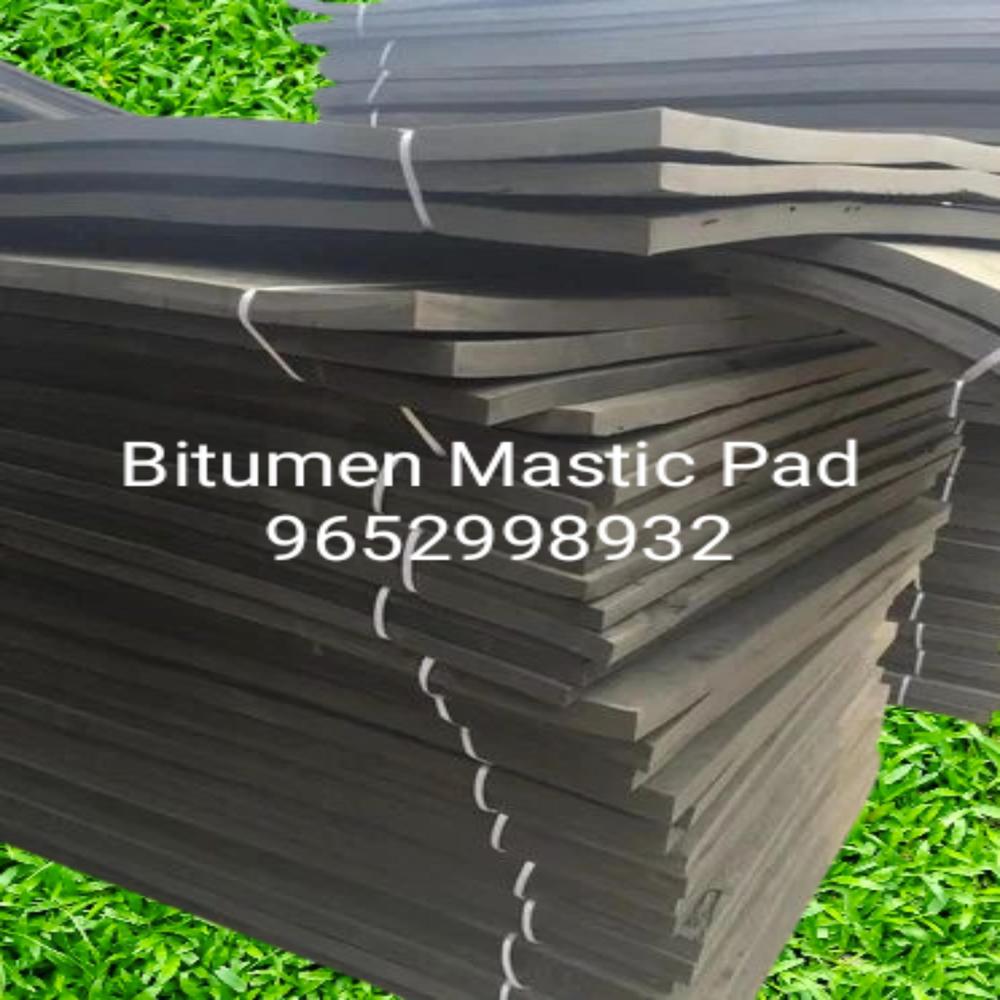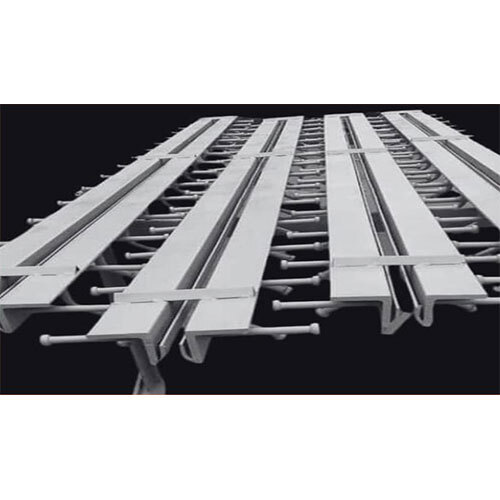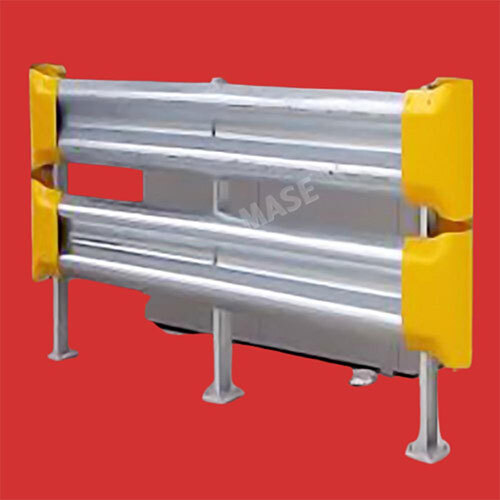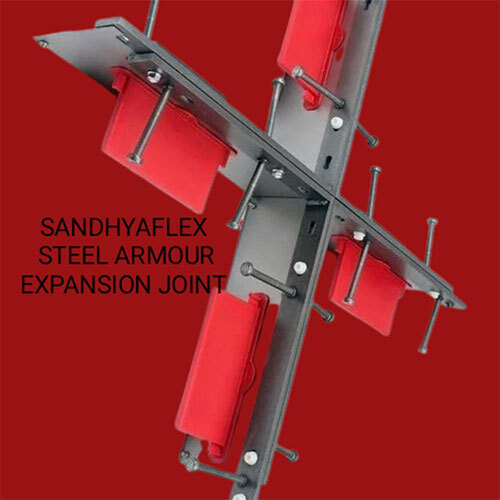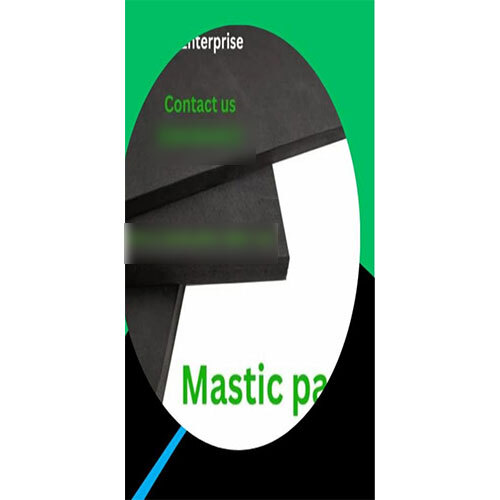Concrete Expansion Joint Filler Board Road Construction
Product Details:
Concrete Expansion Joint Filler Board Road Construction Price And Quantity
- 1 Number
- 280.0 INR/Number
Product Description
Sure! Here's a clear and practical breakdown of the Expansion Joint Filler Board used in road construction:
Expansion Joint Filler Board for Road Construction
What Is It?
An Expansion Joint Filler Board is a compressible, pre-formed board installed between concrete slabs in roads and pavements to:
-
Absorb expansion and contraction of concrete
-
Prevent cracking, buckling, or blowouts
-
Maintain joint shape and function over time
Standard Specifications
| Specification | Typical Values |
|---|---|
| Material | Bitumen Impregnated Fiber Board (BIFB), or alternative: HDPE, XLPE, EVA Foam |
| Thickness | 12mm / 18mm / 25mm |
| Width (Height) | Matches the depth of the slab (100mm300mm) |
| Length | 1 meter / 2 meter boards |
| Density | 300500 kg/m (for BIFB) |
| Compression Recovery | 85% |
| Water Absorption | Low (especially in bituminous type) |
| Conformance | IRC:58, MoRTH Sec 602, ASTM D1751 |
Common Material Types
-
Bitumen Impregnated Fiber Board (BIFB) Most common
-
Strong, water-resistant, weatherproof
-
Good rebound capacity after compression
-
-
Cross-linked Polyethylene (XLPE) / EVA Foam
-
Lightweight, flexible, rot-proof
-
Excellent for tropical and coastal conditions
-
-
HD100 / HD200 Resin Board
-
High-strength resin-based boards for heavy-duty traffic areas
-
Installation Guidelines
-
Position the filler board vertically between concrete slab gaps before casting.
-
Ensure its flush with slab depth, leaving 10mm gap on top for joint sealant.
-
Fix it in place using nails, adhesives, or mechanical fasteners if needed.
-
After curing, fill the top gap with polysulphide or bitumen sealant.
Advantages
-
Accommodates thermal expansion and shrinkage
-
Prevents structural damage and water ingress
-
Chemically and weather resistant
-
Long-lasting and maintenance-free
-
Complies with road authority standards
Let me know if youd like:
-
A technical datasheet format
-
A BOQ line item for your tender
-
Or help comparing filler board types for a specific project (climate/load type/etc.)

Price:
- 50
- 100
- 200
- 250
- 500
- 1000+


